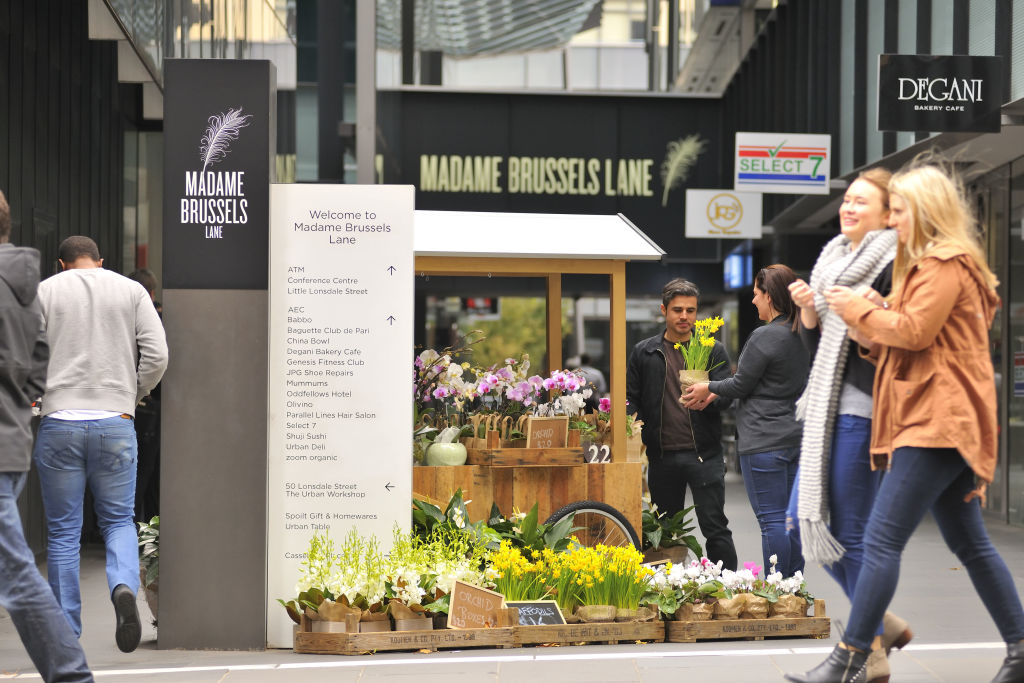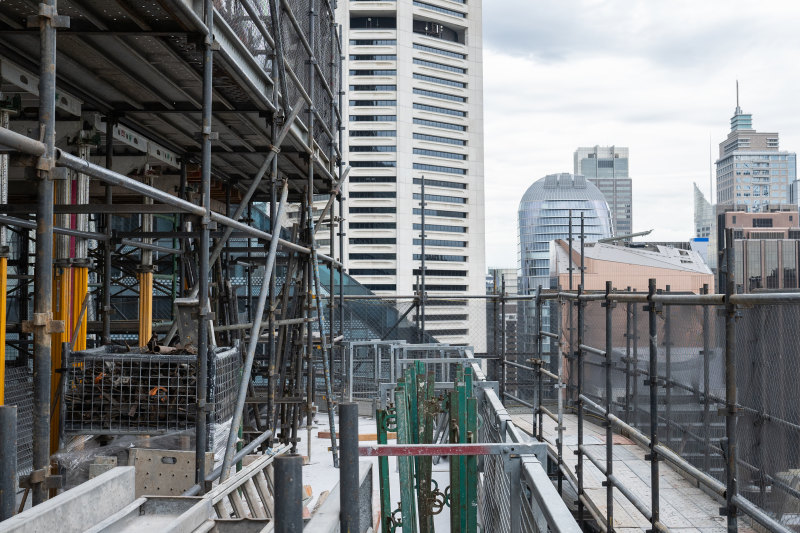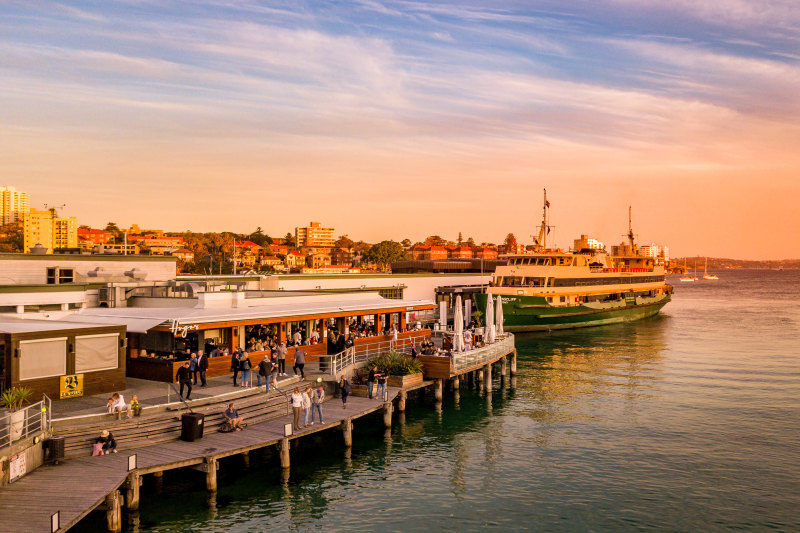
The Melbourne workplace precinct encouraging employees to step outside
On a busy weekday, between 8,000 and 10,000 workers will stream through the doors of Spring Place in Melbourne’s CBD.
With a population greater than many small country towns, over 120,000 square metres of office work space is provided, across three office towers. This office precinct is its own community, a vertical microcosm of a metropolitan city.
But it’s much more than a bunch of desks in a few towers. With a buzzing retail and dining laneway, public art displays, night markets and fitness classes on offer, landlord and property fund manager ISPT is loosening the formality of what it means to be ‘at work’.
Tenants of Spring Place are encouraged to step away from their desk, to head to an outdoor garden for a work meeting or take a lunchtime yoga class. There are school holiday education programs for children, regular cultural events and seminars on sustainability.
“The role of the office has changed over the last few years in particular,” says Nicole Ward, head of office portfolio at ISPT.
“Everything we do is curated to try and improve someone’s day, and where their mindset might be on any particular day.”
Spring Place is made up of three separate buildings: 271 Spring Street, 2 Lonsdale Street and 50 Lonsdale Street.
Madame Brussels Lane, which connects the three buildings, ensures the precinct is buzzing with activity long after the workday is done. It’s home to popular cafes, a barber, a boutique cobbler, and a gin distillery.
In July, the European night markets were held in the laneway every Friday night. “This year alone we attracted 24,000 people,” Ward says. “A lot of them were first-time visitors. It’s not only for the building tenants but also the wider community. There’s quite a lot of residents that live within the CBD.”
The modern workplace is set against the backdrop of the laneway’s heritage brick and bluestone buildings, dating back to the late 1800s. “You can’t recreate that,” says Ward. “It’s a critical piece of the ecosystem that showcases the site’s history.”
Major companies are now routinely looking for offices that add to the overall health and wellbeing of their staff. In short, places that people want to be in.
“We know working from home can be solitary and not always great for mental health,” Ward says.
“We provide workplaces for people to come and work from, but we know how important it is for people to be with other people – that’s the key takeaway.”
While city office occupancy rates are improving, they are yet to return to pre-pandemic levels. For many companies, encouraging the workforce to come into the office, even on a part-time basis, has been a major focus over the past two years.
“Yes, businesses will run their own activations and events,” says Ward, “but as a landlord, our responsibility is to add to that sense of community and do even more to entice people back into the city and the offices they occupy.”
This includes community engagement projects, such as ISPT’s partnership with RMIT University to run a design competition open to masters and PHD students. The brief called for a temporary, built installation to activate an outdoor garden site in Madame Brussels Lane, and engage both tenants and the wider community.
The winning design, Arch of Spring by Yidan Fang, is a striking open enclosure, its arch springing from planter boxes and adjoined seats.
“Through these simple mechanisms, this project brings people in and amongst the flora of Spring Place, embedding them in the wholesome scents of flowers and the soil their plants grow in,” says RMIT architecture senior lecturer Dr Jan van Schaik.
Dr van Schaik says it takes a village to make a design feel owned and appreciated by its community.
“This ‘design village’ is comprised of everyone involved in the project, from the highest level executives at ISPT, to their representatives at CBRE, to the facility and property managers that make real their visions, to the RMIT students and their applied design research advisors, to the commercial tenants and their working communities whose daily work-lives play out in the surrounding buildings, and to the retail tenants whose businesses are most immediately affected by the vibrancy of the spaces onto which their products and services face.
“The Arch of Spring is a response to input from all these groups. And it is also a mechanism for creating optimism, enthusiasm, and pride for the potential of Spring Place to make better and more enjoyable the lives of anyone who walks its brief length.”
The installation will remain at Spring Place for one year, before it will be relocated by the City of Melbourne to find a permanent home.
In line with their focus on community involvement, ISPT plans to continue supporting and funding similar design competitions each year.
This article has been created in partnership with Spring Place by ISPT – find out more at springplace.com.au










